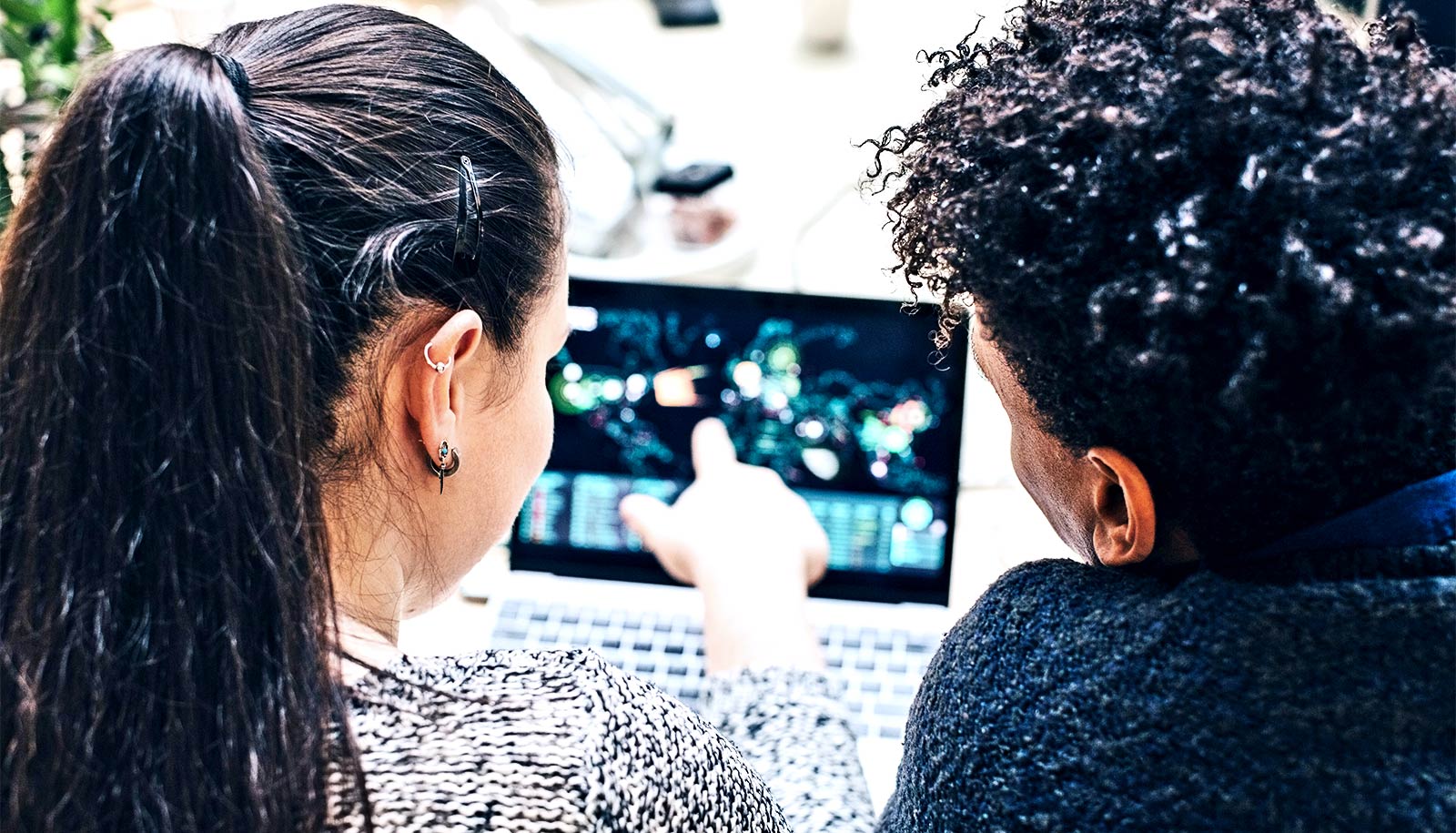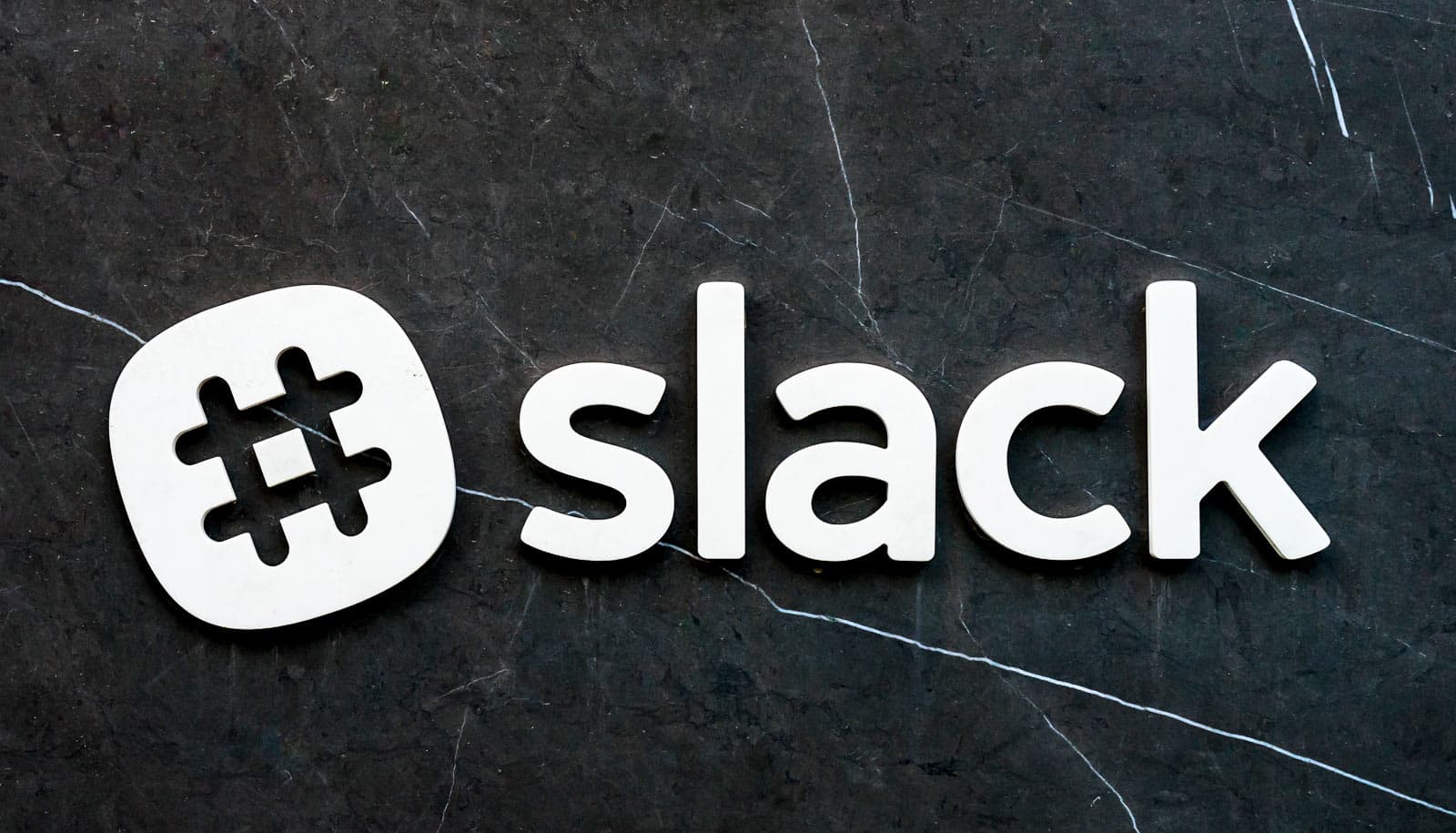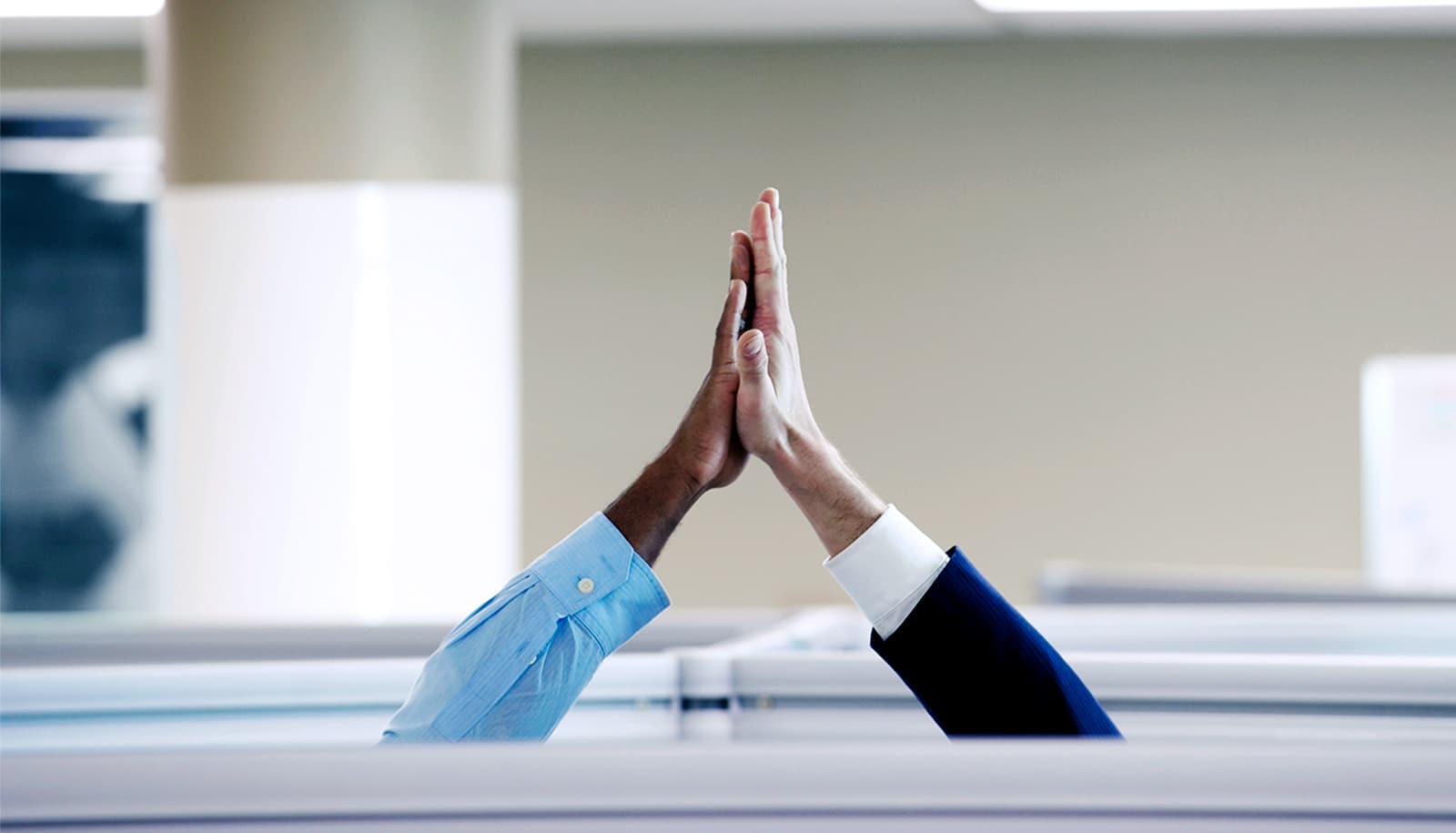To create the best collaboration in a work group, organizations should strike the right balance of different cognitive styles among the participants, according to a new study.
In the study, researchers found that participants had to have just the right mix of cognitive diversity to create the highest collective intelligence.
The ideal mix follows “the Goldilocks principle: Not too little (diversity), and not too much. You want it just right,” says coauthor Anita Williams Woolley, associate professor of organizational behavior and theory in the Tepper School of Business at Carnegie Mellon University.
“You can design teams to be collectively intelligent, and that lays the groundwork for them to not only perform well, but also to adapt when circumstances change.”
The study looked at 98 teams ranging from 2 to 5 people while playing a coordination game. Those groups that had the right level of diversity were able to collaborate effectively by making use of their different perspectives while also being able to overcome the difficulties that diversity can present.
When not enough diversity exists within a group, it stagnates, while too much diversity can create gaps that participants are unable to bridge, Woolley says.
“Up to a point, they benefit from the different perspectives, but then the difficulties outweigh the benefits,” she says.
The study labeled participants according to three different cognitive styles: Verbalizers, spatial visualizers, and object visualizers, which describe how the people receive and analyze information. Journalists and lawyers tend to be verbalizers; engineers and people in other math-driven professions are spatial visualizers, who think analytically; and artists are object visualizers, who tend to think about the bigger picture.
Woolley says some people will straddle two categories, and they tend to be group facilitators.
Savvy organizations are getting better at understanding the qualities of employees that contribute to effective collaboration, Woolley says. They might assign a color to each cognitive style—for example, red for a verbalizer, blue for a spatial visualizer, and yellow for an object visualizer—and when they build teams, they note not just that they want a group to include someone from marketing, sales, and operations, but also from red, blue, and yellow to achieve a moderate level of diversity.
“You can design teams to be collectively intelligent, and that lays the groundwork for them to not only perform well, but also to adapt when circumstances change,” she says. “Designing collective intelligence can set teams up for success.”
Collective intelligence refers to the shared intelligence of a group that emerges from collaboration among its members. Woolley’s research has focused extensively on what factors enhance collective intelligence and, consequently, how to build productive groups using that research to achieve optimal results.
The study appears in Frontiers In Psychology.
Source: Carnegie Mellon University



